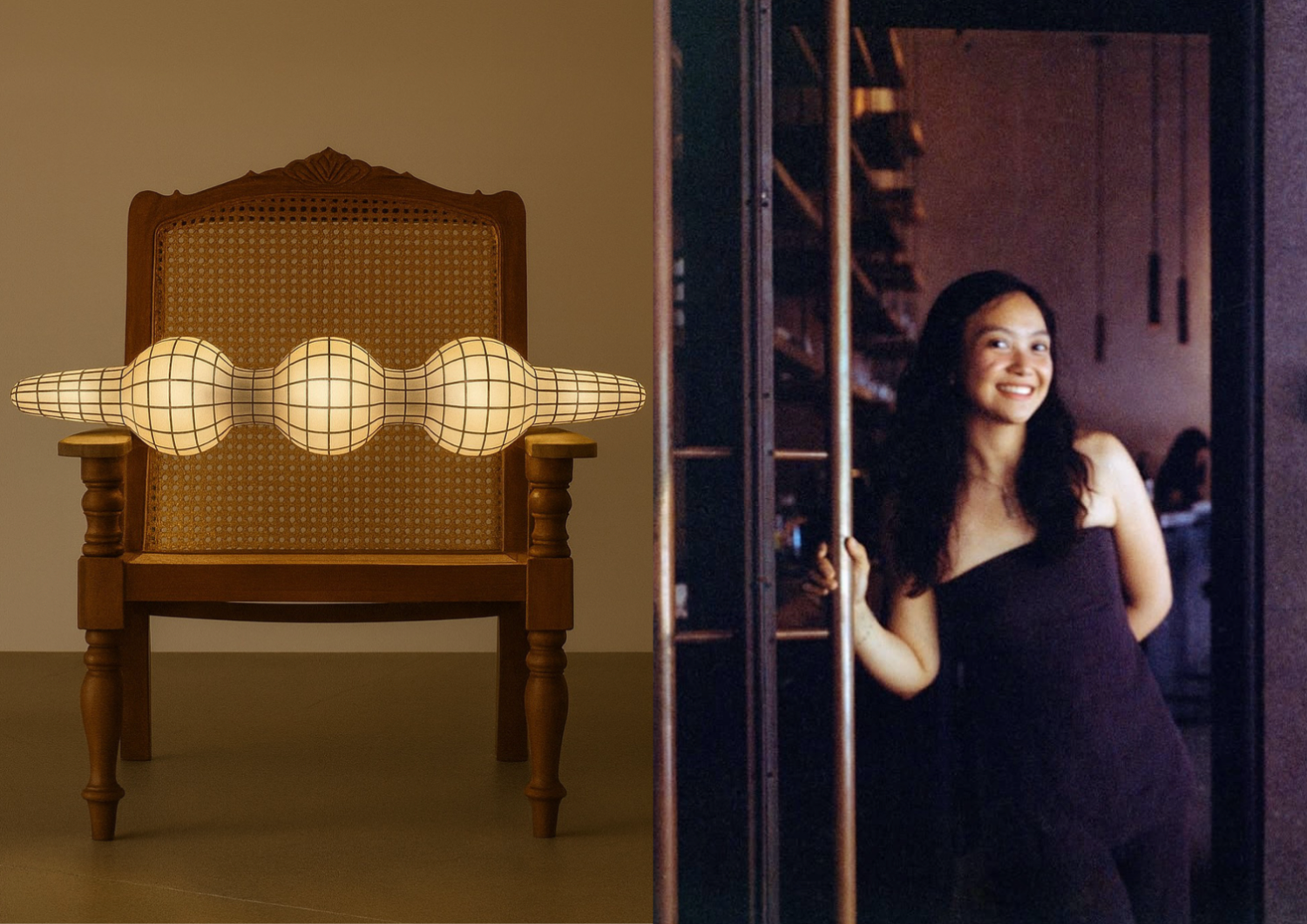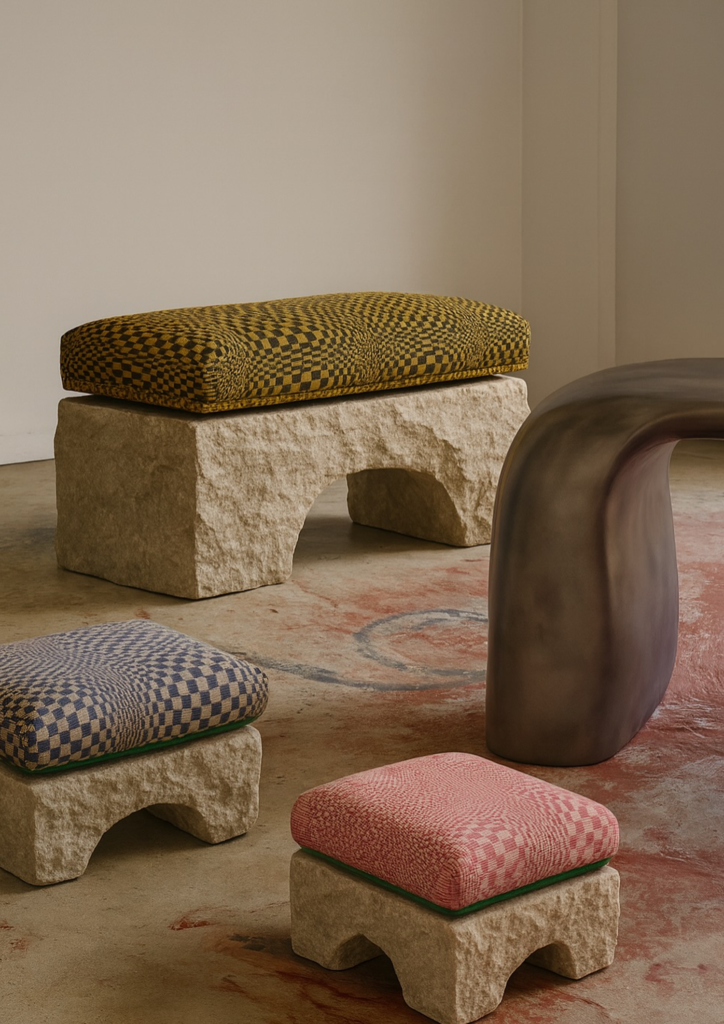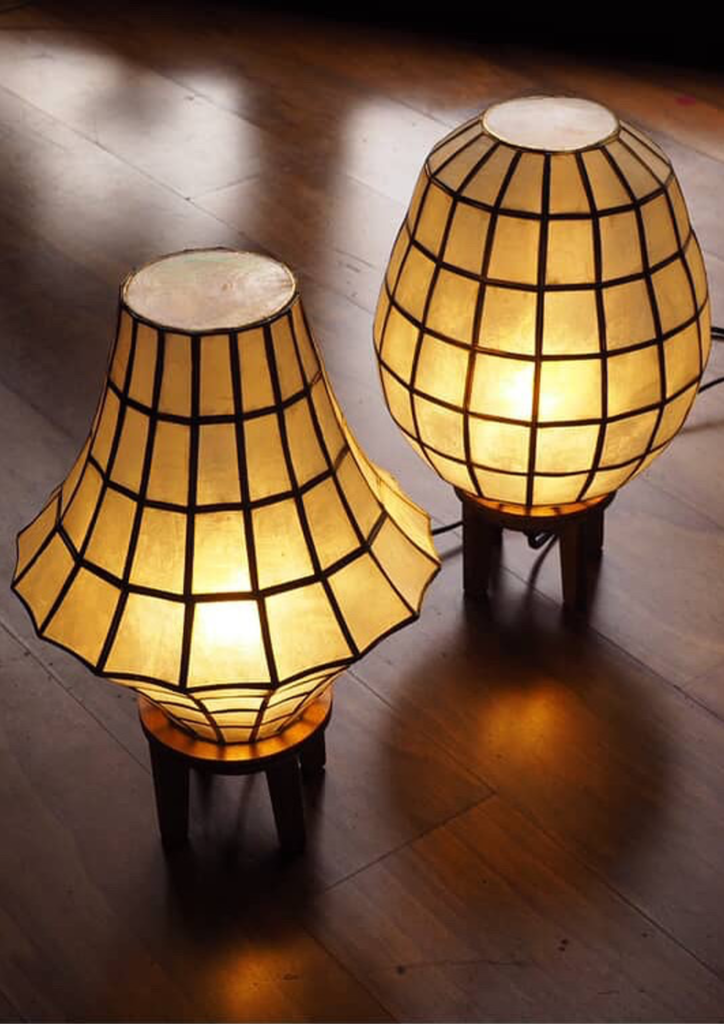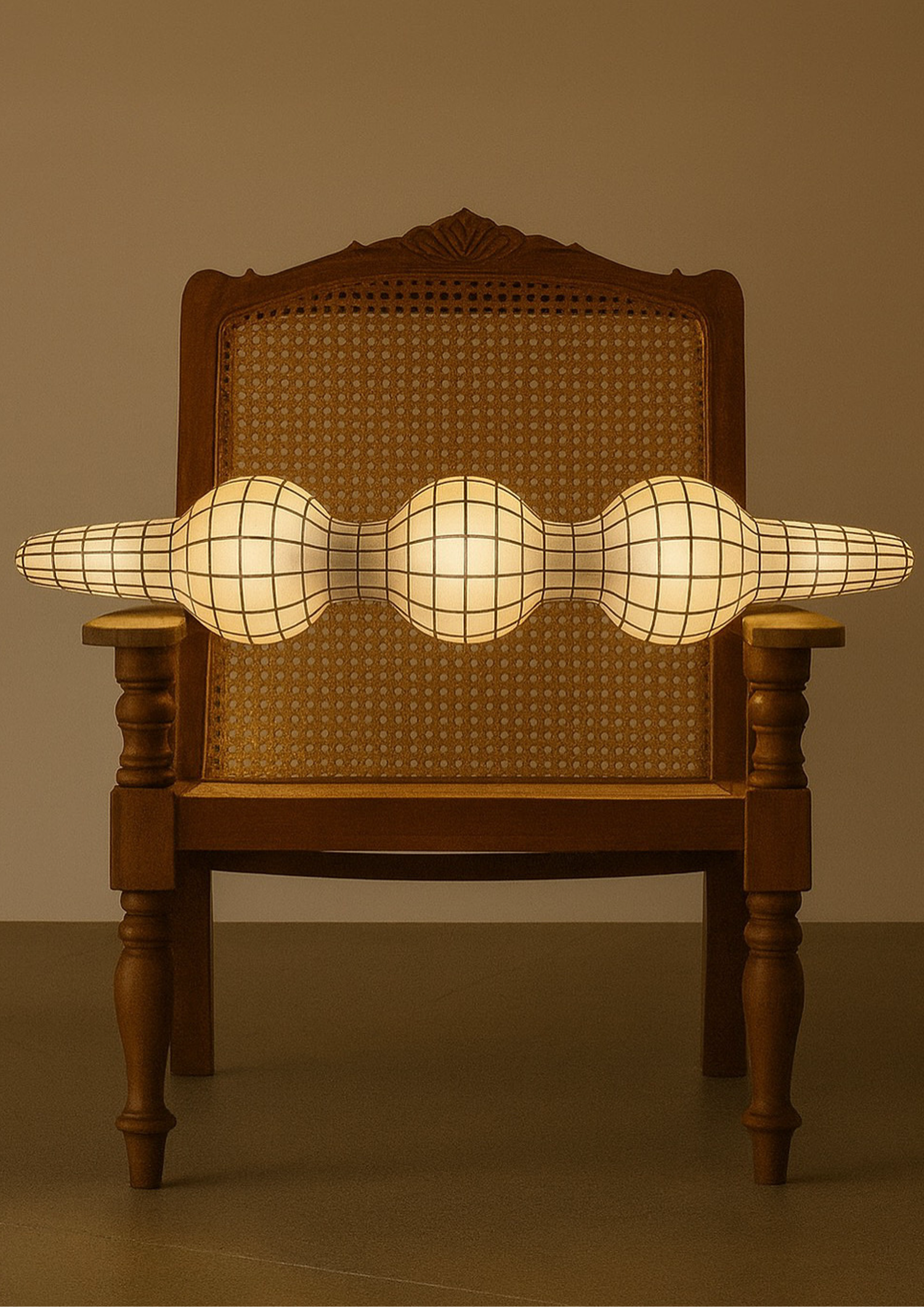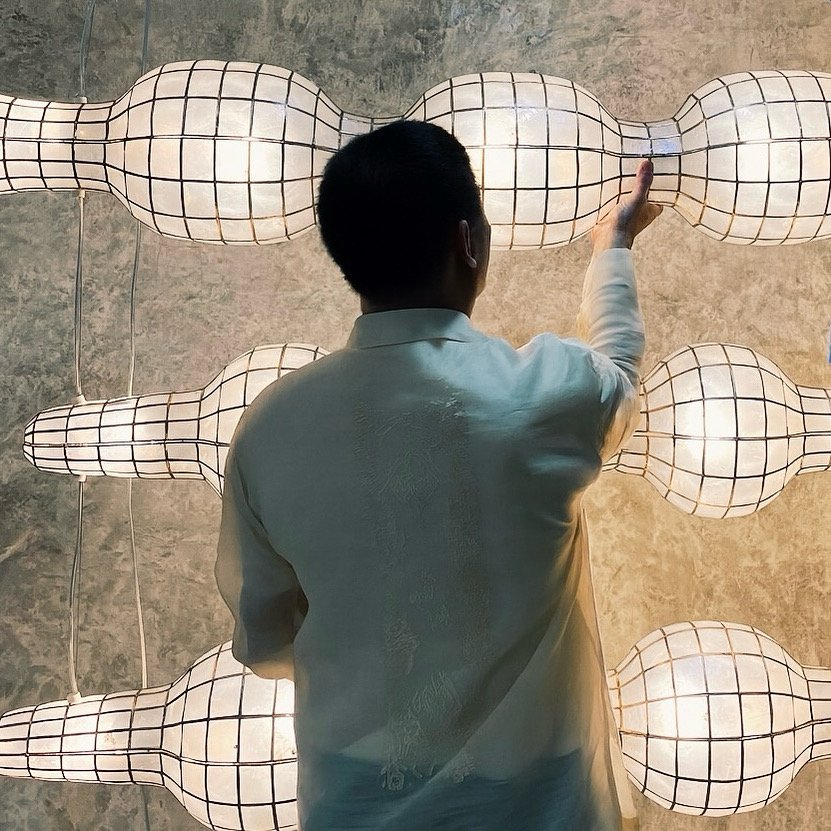Introduction and Interview Gabbie de la Cruz
Images Meyte Chan/Senseware
Filipino craftsmanship has taken the EMERGE at FIND Design Fair stage yet again! Curated by Supermama founder Edwin Low, and with the theme “Dialogue Through Design,” this year’s showcase is a conversation between people, cultures, materials, and time. The exhibition will feature works that push boundaries, from subtle gestures to often-overlooked details, celebrating thoughtful design and fresh perspectives. It will include some 150 works across 1,000 square meters from leading Southeast Asian design nations.
Five designers from the Philippines will form part of the exhibitors at EMERGE 2025, showcasing Filipino craftsmanship through pieces that reflect our heritage, culture, and tradition.
Our second interview features Meyte Chan, who talks to us about how she translates human emotions such as yearning and desire into a body of work. “It was the grandest re-route,” she recalls. “Emotion became line, shape, light.”
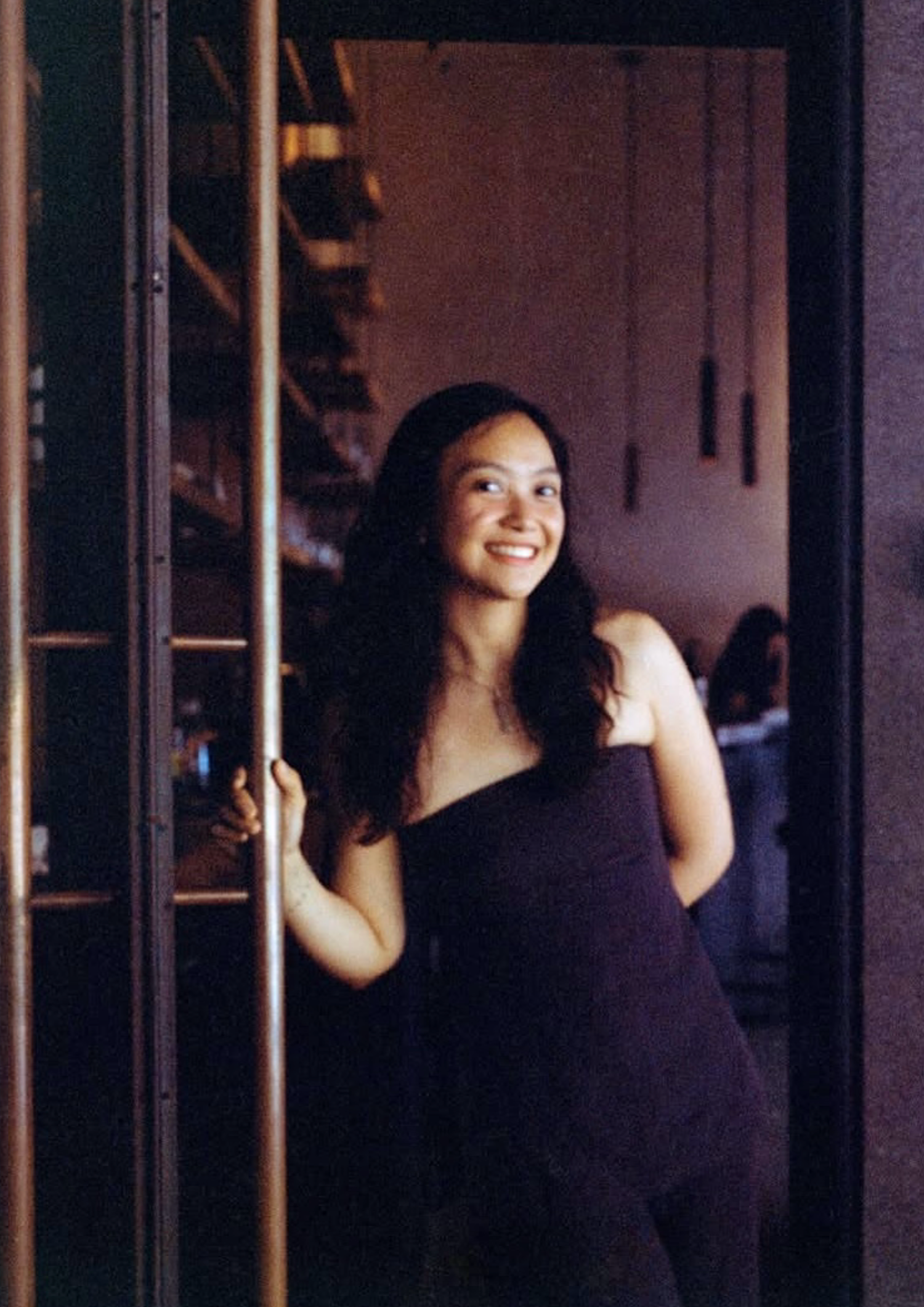

Thank you for your time, Meyte! Let’s go from past to present. You come from a lineage of shell artisans, yet your studio, Senseware, feels like a radical departure from legacy craft. How do you reconcile heritage with experimentation in your design process?
Meyte Chan: Thank you, too! I think I was able to make a radical departure precisely because I was confident in my stance on the dualities of design. My observation coming from a traditional market is that product design is often expected to be emotionally “hygienic,” yet its users are human. The very beings who cannot bypass the raw, messy complexity of experience. I felt there needed to be a liminal ground. A threshold, I’d say. One built on my own lived experience. Of stumbling, longing, and truly tasting the desire to exist.
Senseware became more existential over time, as I started asking deeper questions. I was creating the skeleton. A philosophical structure, while shaping the flesh through the sculptural pieces. That’s how I eventually arrived at an integration of both. A meditation. It wasn’t deliberate at first. But it felt purposeful.
Reconciliation, to me, became about resonance. Finding alignment with something beyond myself. Every time I created a new piece or collection, it arrived through rupture. An encounter beyond my control. I had to consume the experience, and in doing so, I discovered new tools. These tools often revealed themselves through design, the language I was raised in, and through my family’s heritage. But the process eventually turned away from just the product. It became a dialogue between me and the material. That dialogue, often quiet, intuitive, and sacred, is how I visualize and meditate with the raw materials I’ve always known.
Chandelier at Balay Kōbō by Senseware, images courtesy of Aya Cabauatan/Balay Kōbō
Capiz is often treated as decorative or fragile, and you’ve pushed it into conceptual and structural territory. What have you learned about its limits and potential as a design material?
This year, I started treating my creations as a fugue. For EMERGE, the fugue theme was longing, desire, and transcendence. The four-voice narrative wove through longing, the essence of capiz, the exploitation of the industry, and finally, resolutions. But I had a sharper stance: the tension between desire and transcendence. The skeleton is Senseware’s guiding principle of Sensory Consciousness.
The flesh tore endlessly because I had to confront the burning sensations of perfectionism, anxiety, and the hardship of self-funding my entire body of work. I was lucky to work on custom projects that expanded my manufacturing and engineering fluency, but the underlying story was my own. Learning to stand on my own two feet. That confrontation between my soul’s fragility and Capiz’s material fragility was profound. Both of us were bound by brass. Both are working under constraints. And yet, from that, I birthed geometric forms. That tension became a liminal space. A breakthrough. A transcendental étude.
Senseware’s pieces often blur the line between object and experience. How do you approach form when the goal isn’t just function, but sensory and philosophical engagement?
I approach form like a compounding effect. Honestly, for the longest time, I had no clue what I was doing. But clarity arrived the moment I sat with myself honestly and asked: What is it I’m truly yearning for?
That led me to two distinct realms: the skeleton (Senseware’s philosophical core of Sensory Consciousness) and the flesh (the objects, lamps, vessels that embody it). Function, to me, is subjective. A piece is successful when each element stands as a legible pillar in motion.
That’s the birth of my compounding design practice: a meditation through time. Where form, memory, and emotion continue to evolve in tandem.
Evocative descriptions that speak of the value of connection and grounding accompany your offering for FIND EMERGE, the Equilibrium Totem Eclipse. Can you talk a little more about this piece and why you chose to reveal it at FIND?
I had no choice but to lift the veil. It was the loudest thought that kept ringing in my head, incessantly. It was cathartic. An expression that wanted to be released in full form, raw and demanding to be felt. Feverishly and divinely. First by me. Because even if I tried to, it was something I couldn’t avoid.
The entire creative process behind A Love Supreme was about form and identity, built on basic instinct and impulse. I didn’t plan. The moment the feeling came, I acted almost immediately. I think that could be the very reason I was seduced by it, and why the narrative kept getting stronger and stronger.
It was different from the first interpretation. It was no longer about grief. This was a product born from the tension of desire and transcendence. It was the edge that cuts, bleeds, and tears.
A Love Supreme that shed into transcendence. By the feverish ascent. Bold and all-consuming.
To end, what conversations are you hoping to initiate about material, memory, or Filipino identity at EMERGE 2025?
On material, Capiz is already a Filipino material. It doesn’t need to “reclaim” its identity. It just is.
My Filipino identity, as a designer, is undeniable. Not because I’m performing it on the global stage, but because the very landscape I live and work in doesn’t need to perform either. It simply exists. I don’t enter international spaces declaring Filipinoness; I enter because I exist in it. I believe that presence alone sharpens the dialogue.
When your work is crystallized by land, by memory, by ancestry, the conversation shifts. It becomes about truth and embodiment in motion. And for me, it’s never about putting Filipino culture behind glass. It’s about placing it in its rightful place: here, now, alive. •
EMERGE 2025 will be at Singapore Design Week’s FIND Design Fair Asia, happening from September 11 to 13 at the Marina Bay Sands Expo and Convention Centre.
